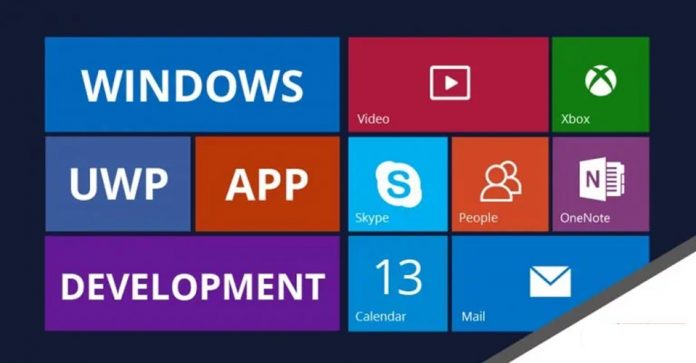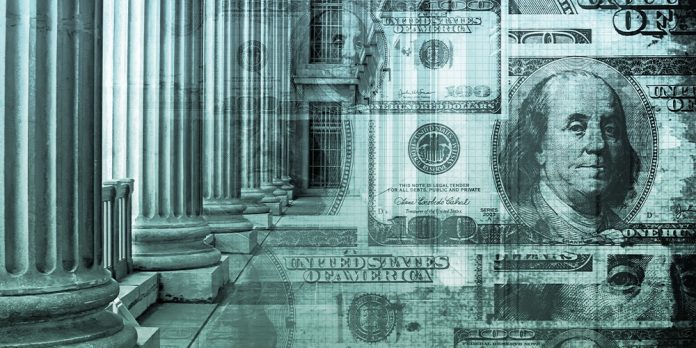The World Bank has upgraded its economic growth forecast for Kenya, signaling a pivotal shift in momentum for East Africa’s largest economy as it begins to emerge from a period of fiscal tightness that had stalled critical infrastructure development.
In a report released Monday, the development lender raised its 2025 growth projection to 4.9%, a notable increase from the 4.5% forecast issued in May, citing a robust resurgence in the construction sector that is effectively offsetting a slowdown in manufacturing output.
The revised outlook suggests that the worst of the recent downturn, characterized by stalled projects and mounting concerns over government solvency, may be passing. The World Bank noted that signs of recovery are clearly emerging, with the economy expected to maintain this accelerated 4.9% pace over the next two years.
This rebound follows a difficult year where key industries, particularly construction, contracted sharply as the state struggled to manage its finances, leading to a widespread downing of tools by unpaid contractors.
The “Securitization” Strategy and IMF Friction
To engineer this turnaround, the Kenyan government has resorted to financial creativity to inject liquidity back into the infrastructure sector. Officials have turned to securitizing loans against the country’s road maintenance levy—a tax charged on petrol prices—to raise the immediate funds necessary to pay road contractors who had abandoned sites due to accumulating arrears.
However, the heavy burden of public debt remains a central theme of the economic narrative. Public debt stood at 67.8% of GDP as of June 2025 (approximately KSh 11.81 trillion), with high annual repayment obligations continuing to absorb a vast portion of state revenue.
This complex debt landscape is currently the subject of high-stakes negotiations with the International Monetary Fund (IMF). While Kenya is in talks to secure a new financial support program following the expiration of its previous $3.6 billion facility, friction points remain regarding the transparency of the state’s balance sheet. Specifically, there are ongoing disagreements over whether the securitized borrowing used to revive the road sector should be officially classified as government debt—a classification the IMF favors but Nairobi opposes to keep debt ratios looking sustainable.
Broad-Based Recovery Tied to Agriculture, Tourism, and Forex
Beyond construction, the recovery is being underpinned by three other critical pillars:
- Agricultural Resurgence: The sector recorded 6% growth in the first quarter of 2025, driven by favorable rains that have boosted maize and tea production. This abundance has helped cool inflation to 4.6%, providing relief to households after the cost-of-living crisis that triggered the 2024 protests.
- Tourism Boom: The sector is projecting earnings of $4.33 billion for the year, with visitor numbers targeting the 3 million mark. The return of international travelers is providing a vital buffer for the country’s current account.
- Diaspora Remittances: Perhaps the most resilient lifeline, inflows from Kenyans abroad are on track to exceed $5 billion for 2025. These flows have been instrumental in stabilizing the Kenyan Shilling, which has firmed to approximately 129 against the U.S. dollar, aiding the central bank in building foreign exchange reserves to a record high of over $12 billion.
Despite the optimistic growth revision, the World Bank’s report outlines significant downside risks that could dampen the trajectory. The economy faces headwinds from international trade uncertainty, most notably regarding the impending expiry of the African Growth and Opportunity Act (AGOA) with the U.S. in September 2025, which provides duty-free access for Kenyan apparel.
Domestically, ongoing fiscal consolidation efforts aimed at stabilizing the budget deficit—targeted at 4.9% for the 2026/27 fiscal year—could further curb government spending, potentially acting as a drag on aggregate demand.
Beyond the immediate fiscal maneuvers, the World Bank utilized the report to press for deeper structural reforms to unlock long-term competitiveness. The lender identified the state’s heavy footprint in the commercial sector as a major barrier to efficiency, pointing to the presence of more than 200 state-owned firms that enjoy undue advantages and distort market competition.
To sustain the recovery, the report urged Nairobi to make its regulatory framework less restrictive to competition and to lower barriers to foreign investment, arguing that there is significant room to liberalize the market and reduce the dominance of parastatals.







